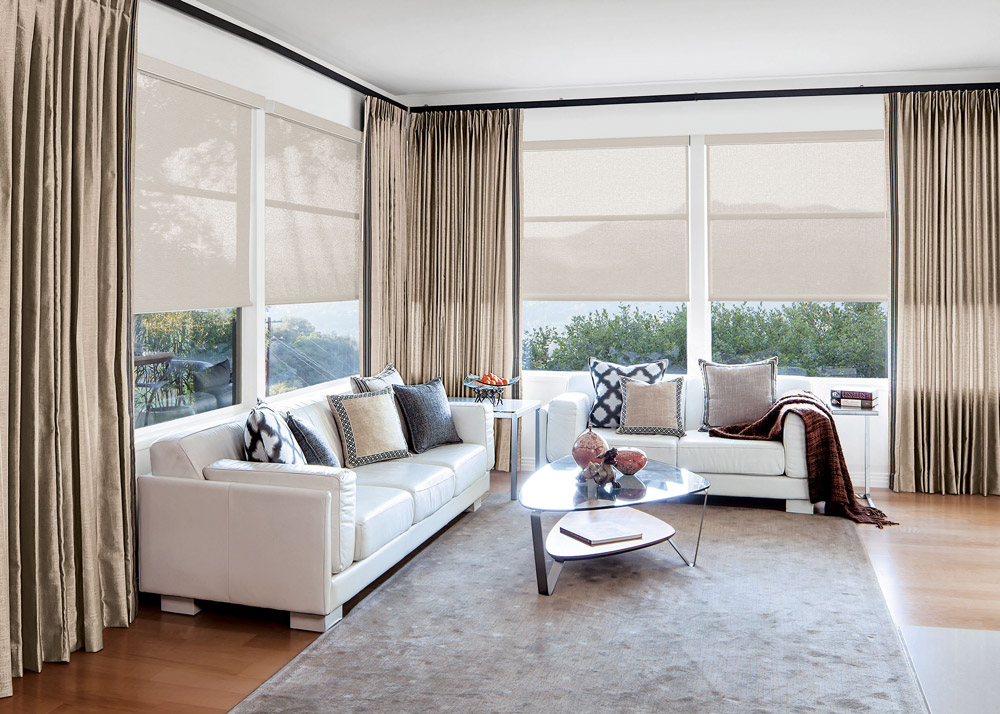Choosing the right window treatment is more than just a design decision—it directly impacts your home’s privacy, lighting, energy efficiency, and comfort. With so many options available, it’s easy to feel overwhelmed. Blinds, shades, and drapery each have unique advantages and ideal use cases. In this guide, we’ll explore the key differences and help you determine the best choice for your space.
Contents
Understanding the Basics
Before you make a decision, it’s important to understand what sets blinds, shades, and drapery apart.
What Are Window Blinds?
Blinds are hard window coverings made of horizontal or vertical slats that can be tilted open or closed to control light and privacy. They are typically made from materials like wood, faux wood, aluminum, or vinyl.
Pros:
- Excellent light control and privacy
- Durable and easy to clean
- Suitable for modern, minimalist spaces
Cons:
- Can appear utilitarian or harsh in some decor styles
- Slats can collect dust easily
Blinds are ideal for high-traffic areas, kitchens, bathrooms, and offices where functionality is a priority.
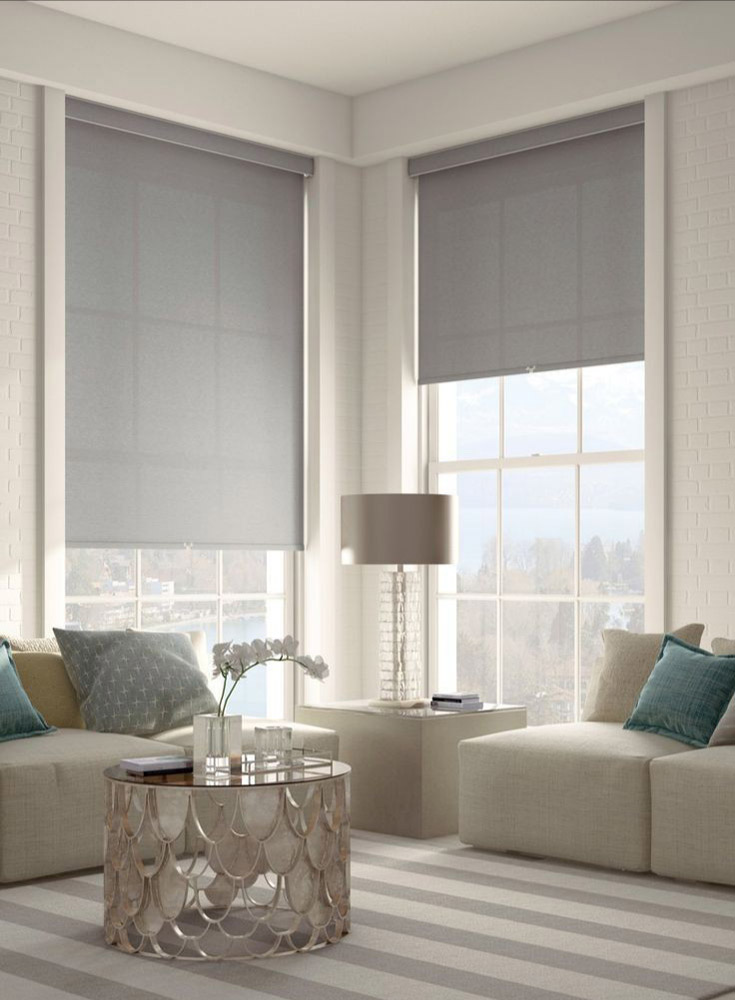
What Are Window Shades?
Shades are soft window treatments made from fabric that roll, fold, or stack as they are raised. They offer a more refined look than blinds and come in a variety of types including roller, Roman, cellular (honeycomb), and solar shades.
Pros:
- Clean, modern appearance
- Good insulation with cellular or blackout options
- Softens the aesthetic of a room
Cons:
- Less precise control of light compared to blinds
- Some fabrics may be harder to clean
Shades work well in bedrooms, living rooms, and anywhere you want to balance privacy with style.
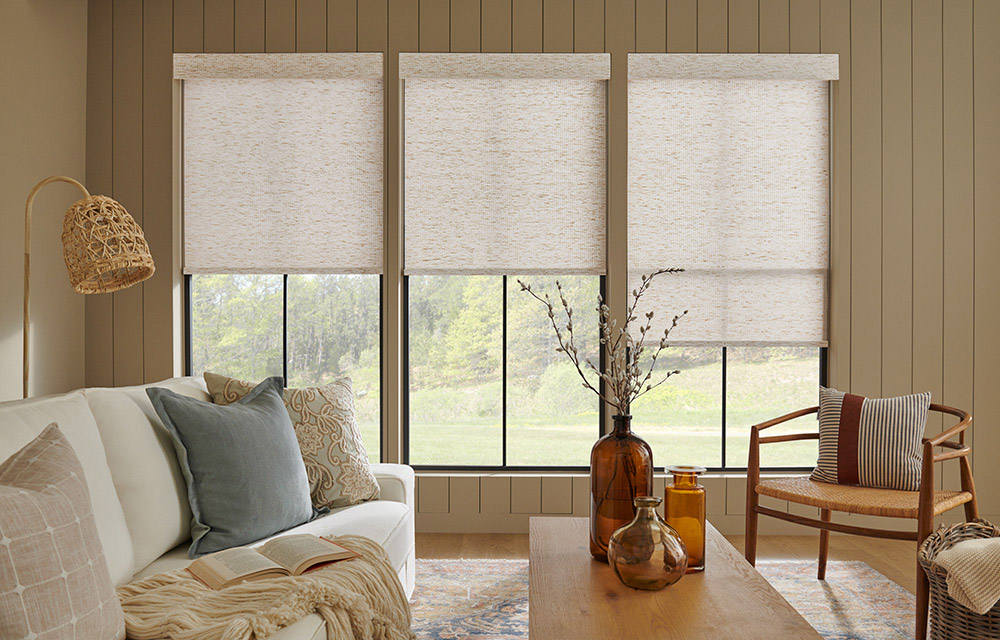
What Is Drapery?
Drapery, or curtains, consists of fabric panels that hang from a rod. Available in countless styles, textures, and patterns, drapes can be sheer, semi-opaque, blackout, thermal, or layered.
Pros:
- Strong decorative appeal
- Excellent for blocking light and sound
- Can be layered with other treatments
Cons:
- Requires more maintenance (washing, ironing)
- Takes up more physical space
Drapery is perfect for adding drama or softness to large rooms, bedrooms, or formal spaces.
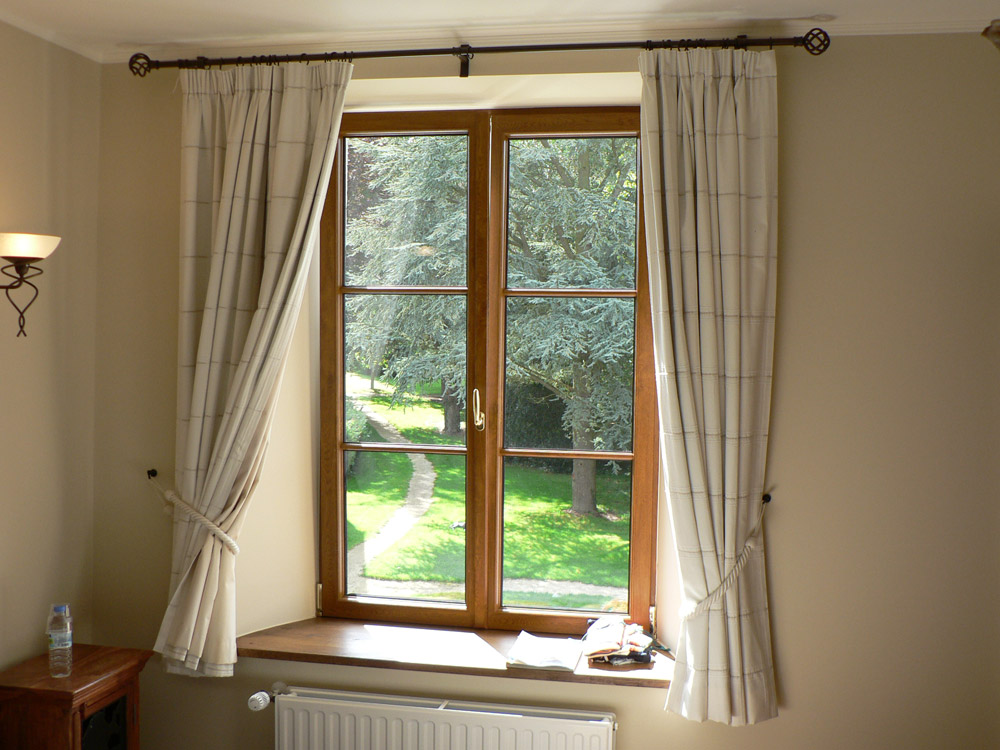
Factors to Consider When Choosing
With a basic understanding of each treatment, the next step is to consider what matters most for your specific needs.
Light Control and Privacy
If you need precise control over how much light enters a room, blinds offer the most flexibility. Shades provide a more diffused light and can be chosen based on opacity. Drapes, especially blackout styles, are excellent for darkening a space completely.
Aesthetic and Interior Design Goals
Blinds generally suit modern, utilitarian, or industrial interiors. Shades offer a soft, clean look and come in various styles that suit both casual and elegant spaces. Drapery is the most decorative option, providing the opportunity to introduce texture, pattern, and color.
Energy Efficiency and Insulation
Cellular shades are known for their energy efficiency due to their honeycomb structure that traps air and insulates windows. Thermal drapes are another great option for keeping your home warm in winter and cool in summer. Blinds are less effective for insulation but can still help regulate sunlight.
Budget and Maintenance
Blinds are generally more affordable and low maintenance. Shades vary widely in cost depending on the material and style. Drapery can be the most expensive due to the fabric and hardware involved, and often requires professional cleaning.
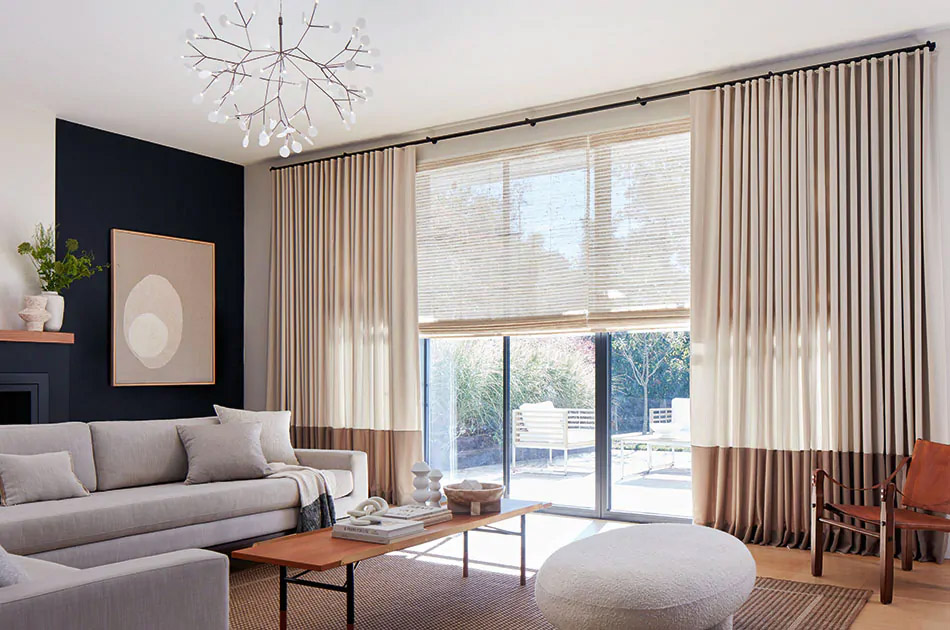
Room-by-Room Recommendations
Bedrooms
For maximum darkness and privacy, blackout shades or heavy drapes are ideal. Cellular shades also add insulation to keep rooms comfortable year-round.
Living Rooms
Living spaces benefit from layered treatments. Combine light-filtering shades with decorative drapery to enhance style and functionality.
Kitchens and Bathrooms
Faux wood or aluminum blinds are moisture-resistant and easy to clean, making them perfect for kitchens and bathrooms where humidity is high.
Home Offices
Solar shades are a great choice in home offices as they reduce glare while still allowing natural light to filter in. Blinds can also be suitable for adjusting light levels during virtual meetings.
Combining Treatments for Versatility
In many cases, the best approach is a combination of treatments. Layering drapery over shades or blinds adds dimension and allows you to control lighting and privacy with greater flexibility. For example, use a blackout Roman shade for function and pair it with sheer curtains for softness and daytime light diffusion.
Expert Tips and Common Mistakes
Avoid common pitfalls such as choosing a treatment that doesn’t match your room’s purpose or selecting colors and materials that clash with your existing decor. Always measure your windows accurately or hire a professional for a perfect fit.
Consider child safety when choosing corded blinds or shades. Many modern treatments now offer cordless or motorized options for enhanced safety and convenience.
Final Thoughts
Blinds, shades, and drapery each offer distinct benefits depending on your needs for privacy, light control, insulation, and design. The best choice often comes down to your room’s function, your design style, and how much time and budget you’re willing to invest. Whether you’re outfitting a cozy bedroom or a sun-filled kitchen, the right window treatment can transform the space.
If you’re unsure, consider consulting with a window treatment specialist or interior designer to explore custom options. Remember, combining functionality with aesthetic appeal ensures your window treatments not only look good but perform well too.

